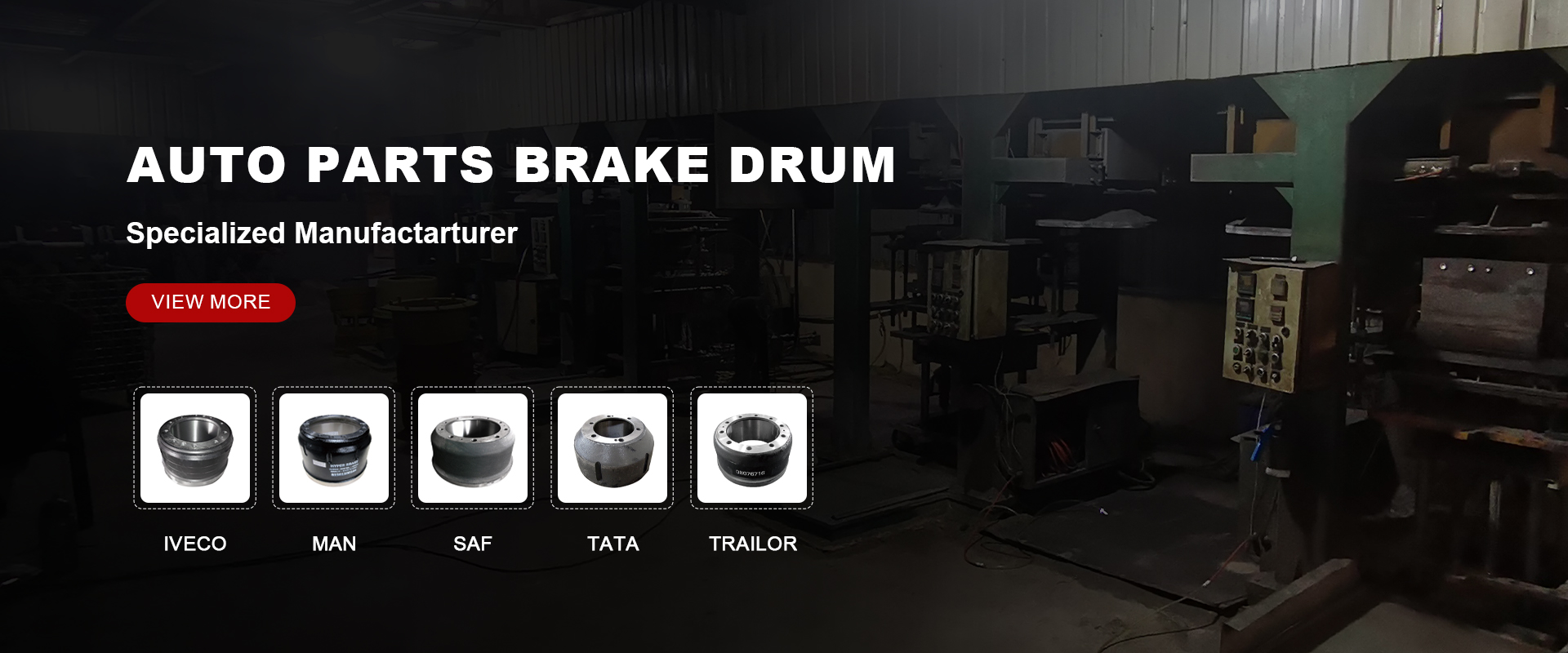8 月 . 15, 2024 05:15 Back to list
Comprehensive Guide to Understanding Brake Drum Specifications and Their Importance in Vehicle Safety
Understanding Brake Drum Specifications Key Factors for Optimal Performance
When it comes to vehicle safety and performance, one of the critical components that often get overlooked is the brake drum. Brake drums are essential in providing stopping power and ensuring the safety of the vehicle and its occupants. Understanding brake drum specifications is crucial for both mechanics and car enthusiasts alike. This article delves into the key specifications of brake drums, their importance, and considerations for choosing the right brake components.
What is a Brake Drum?
A brake drum is a cylindrical component that houses the braking mechanism in drum brake systems. When the driver applies the brakes, brake shoes press against the inner surface of the brake drum, creating friction that slows down or stops the vehicle. This engineering design is widely used in many vehicles, especially older models and some modern applications.
Key Specifications of Brake Drums
1. Diameter The diameter of a brake drum is one of the most critical specifications. It affects the overall braking capability and performance of the vehicle. Brake drums are available in various diameters, typically ranging from 8 to 16 inches or more. The right diameter ensures optimal surface area for the friction material to engage.
2. Thickness The thickness of the brake drum is essential for durability and heat dissipation. Thicker drums can withstand more heat generated during braking, reducing the risk of warping and extending the life of the brake system. It's crucial to choose a drum that meets the manufacturer's specifications for thickness to ensure proper performance and safety.
3. Material Brake drums are typically made from cast iron or composite materials. Cast iron is preferred for its high heat resistance and durability. However, newer materials such as aluminum are increasingly being used for reduced weight and enhanced performance. When selecting a brake drum, it's essential to consider the material for performance characteristics that suit your driving style and vehicle usage.
brake drum specs

4. Hub Configuration The hub configuration refers to the way the brake drum attaches to the wheel assembly. Specifications may include bolt patterns and dimensions that affect compatibility with your vehicle. Ensuring the correct hub configuration is vital for a secure fit and proper alignment, which directly impacts braking performance.
5. Cooling Vents Some high-performance brake drums feature cooling vents or fins designed to improve heat dissipation. Efficient cooling helps to maintain braking performance under high-stress conditions, such as during heavy braking or prolonged use. Selecting a brake drum with adequate cooling features can enhance the safety and performance of a vehicle.
Choosing the Right Brake Drums
Selecting the proper brake drum involves ensuring that all specifications align with the vehicle’s requirements. This process often involves consulting the vehicle's service manual or working with a knowledgeable mechanic. Additionally, it’s important to replace brake drums in pairs to maintain balanced braking performance across the vehicle.
The Importance of Regular Maintenance
Regular inspection and maintenance of brake drums are vital for vehicle safety. Over time, brake drums can wear down, crack, or become warped, affecting braking performance. Mechanics recommend checking the brake drums during routine service intervals or when the vehicle exhibits signs of braking issues, such as pulsation, noise, or reduced stopping power.
Conclusion
Understanding brake drum specifications is essential for maintaining optimal vehicle performance and safety. By considering factors such as diameter, thickness, material, and other design elements, vehicle owners can make informed decisions when selecting brake components. Regular maintenance and inspection are equally crucial to ensure that brake systems function correctly, keeping drivers safe on the road. Whether you are a seasoned mechanic or a curious car owner, knowledge of brake drum specifications can help enhance your vehicle’s safety and performance.
-
Brake Drum for Kamaz Trucks Durable OEM Replacement & High Performance
NewsMay.30,2025
-
Brake Drum Man High-Quality Drum Brake & Shoe Solutions
NewsMay.30,2025
-
High-Performance Brake Drum for Kamaz Trucks Durable Drum Brake Components
NewsMay.29,2025
-
Brake Drum Man High-Quality Drum Brake Drums & Brake Shoes
NewsMay.29,2025
-
Brake Drum MAZ High-Performance & Durable Replacement Parts
NewsMay.29,2025
-
heavy truck brake drums
NewsMar.07,2025
